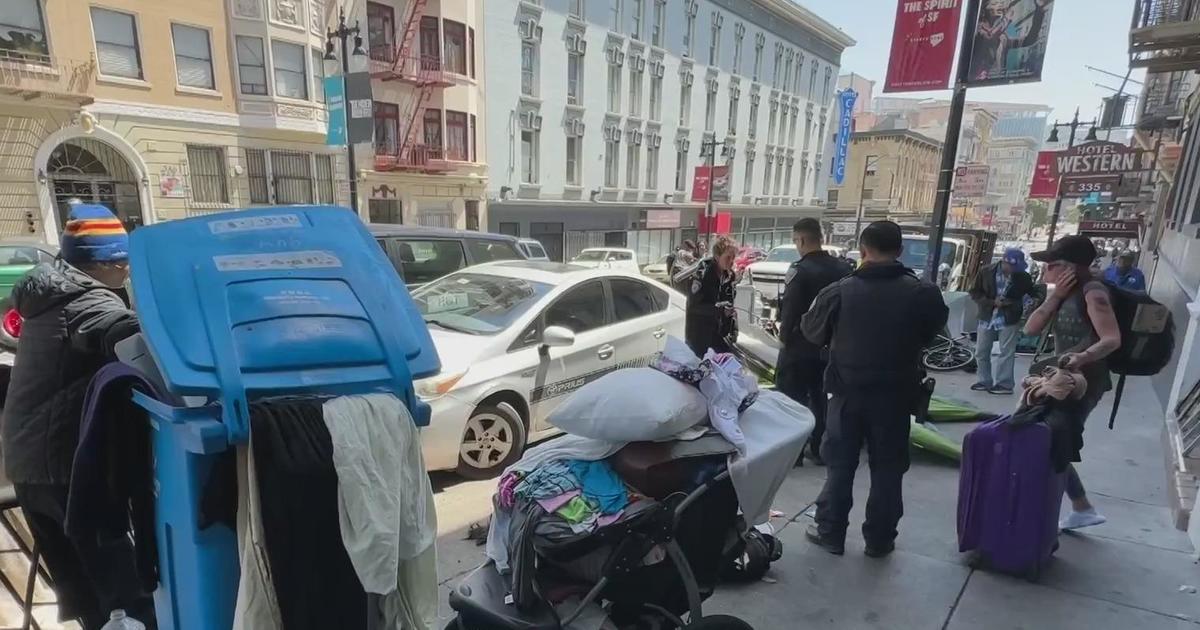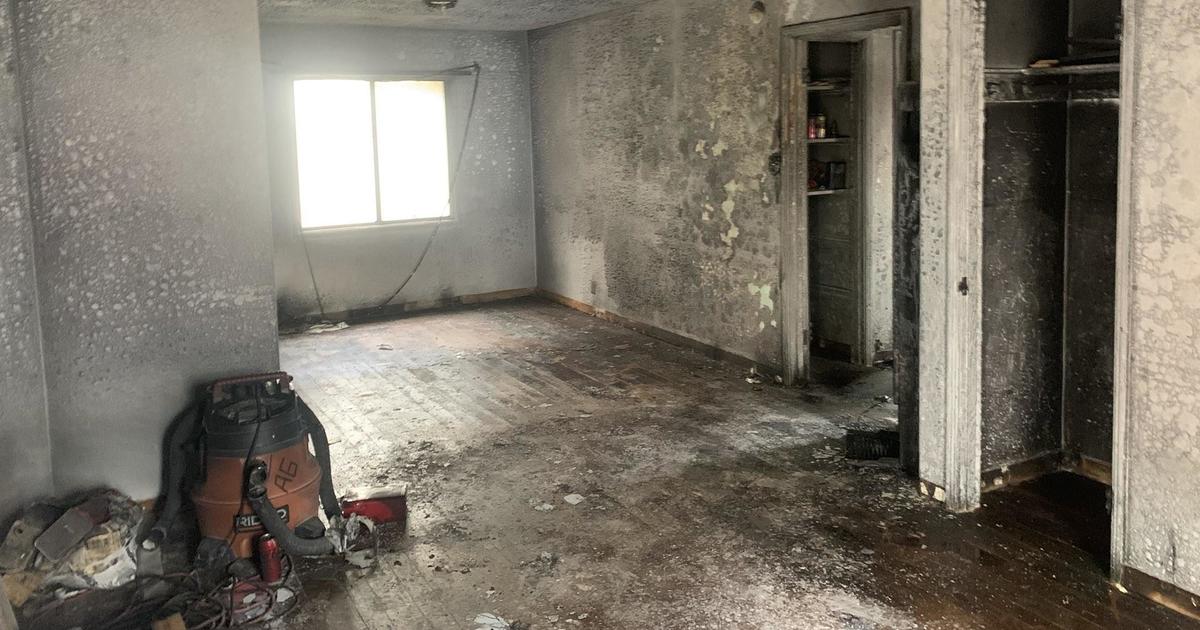Reopening: Surge In COVID-19 Cases Forces State Officials To Narrow Criteria On Who Can Be Tested
SACRAMENTO (KPIX 5/AP) — With coronavirus cases rising fast, California overhauled its guidelines Tuesday for who can be tested, prioritizing people who are hospitalized with symptoms, those in close contact with infected people or when necessary to control a local outbreak.
The new guidelines say people without symptoms and not in essential jobs won't be prioritized for testing until results can be turned around in less than 48 hours.
The changes come as the state faces testing shortages and long wait times for results as new outbreaks pop up around the state. To stem the surge of cases, Gov. Gavin Newsom on Monday closed malls, hair salons, gyms and other indoor businesses in most of the state, and barred inside religious services.
"While other states across the nation increase the need for testing, we have certainly seen increased turnaround time issues," explained California Health & Human Services Secretary Dr. Mark Ghaly during a conference call with the media Tuesday.
The new testing methods are designed to help California zero in on outbreaks spread among essential workers or by gatherings of family and friends. Getting test results more quickly in areas of potential outbreak is important to the state's ability to contain the spread, Ghaly said.
"This is all done while we are in parallel working to increase testing capacity across the state," said Ghaly.
The state's increased transmission level has made contact tracing harder, he acknowledged. About 7,800 people are testing positive a day, and the state has 10,000 contact tracers reaching out to people who have been in close contact with infected individuals. The state is testing about 107,000 people per day.
"We did not build the current contact tracing program on this level of transmission," Ghaly said.
California's old testing guidelines, introduced May 1 when the virus was under much better control, had just two tiers. The first included hospitalized patients, health care workers, people over 65, those in nursing homes, workers at essential businesses like grocery stores and lower risk people with symptoms. Tier two included only lower-risk people without symptoms.
As testing expanded and California initially avoided its expected surge, cities including Los Angeles and Sacramento opened testing to anyone, regardless of symptoms.
That's no longer a priority as resources are spread thin and as the state's transmission rate increases. Under the new system, the highest priority is only on hospitalized patients with symptoms, those in contact with people who have confirmed cases and to manage outbreaks at the direction of local and state health officials.
The second tier includes anyone with symptoms or asymptomatic people who live in congregate care settings such as nursing homes, care for the elderly, or work in emergency services or a jail or prison, and patients entering or leaving hospitals. The third tier includes workers in retail, manufacturing, food service, agriculture, public transportation and education.
Other asymptomatic individuals who think they are at risk are in the fourth and lowest tier. Testing will only be given to those individuals once the state can turn around results in less than two days, according to the guidance.
California has gone from completing about 20,000 tests a day to more than 100,000 tests per day, but demand has caught up with that number. That means a situation a bit like we had a few months ago, and having to make decisions about whose test gets priority.
For many Californians getting tested on Tuesday, the results are going to take a while.
"So it's going to be another week before I find out if I'm positive or negative," said one person who went by the name of Veniero, moments after getting tested in Walnut Creek. "I'm pretty confident I'm negative, but I need to see it in order to go back to work.":
"Since they said it will take 3 to 8 days I'm hoping 3," said another woman leaving the testing clinic.
This is a problem not just for those who are anxious for test results, but for the state as a whole. State health officials say robust and timely testing is required before other decisions are made - namely on schools.
"This will be no small part of creating the confidence and the solutions to bring students back," Ghaly explains. "To focus on the health, not just of students, but the primary importance of the health of staff and teachers at schools."
The state is asking more health insurers to cover testing to spread the work and cost around, hopefully getting more people tested in their doctor's offices. The state is also shaking up the leadership of its testing team. They'll be looking for ways to streamline everything and make it more cost-effective. At about $100 dollars a test, this is a massive cost to the state, and counties. The state says testing costs will ultimately need to be addressed as well.
© Copyright 2020 CBS Broadcasting Inc. All Rights Reserved. Wilson Walker and The Associated Press contributed to this report.



